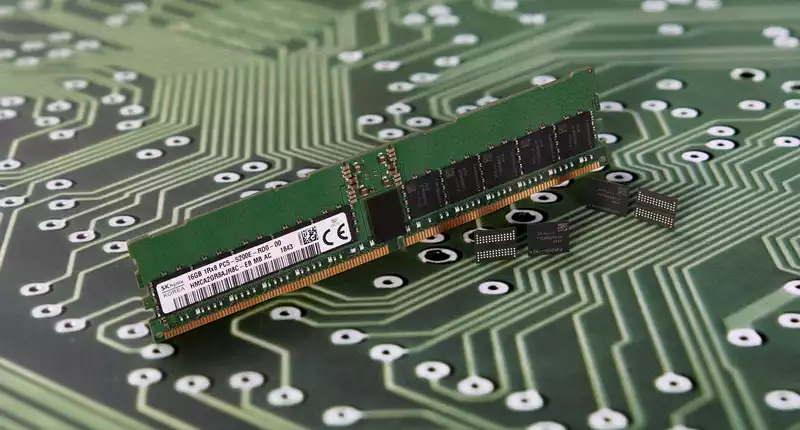Faster PC memory kits are on the horizon. However, their actual availability will largely depend on how long it takes AMD and Intel to perfect their platforms that support DDR5 RAM. Meanwhile, SK Hynix has announced that it will mass produce DDR5 memory this year.
One reason this is interesting is that JEDEC, the industry body that sets memory standards, has not yet finalized DDR5 specifications. Or at least, they have not published them.
Be that as it may, SK Hynix has covered some of the technical details in a blog post that aims to show how DDR5 memory will pave the way "in the near future." The main advantage is higher bandwidth to keep feeding today's multi-core CPUs. [The number of CPU cores has increased dramatically to achieve higher throughput, ranging from just 4 cores to 64 cores for servers and is expected to continue to grow. Along with the increase in core count comes the increased demand for memory bandwidth. For this reason, we are preparing DDR5, which supports 3200 Mbps, more than twice the speed of DDR4," explains SK Hynix.
SK Hynix states that its goal is to achieve 4800 Mbps or higher. To put this in perspective, most mainstream DDR4 memory kits are 2,666Mbps to 3,400Mbps (or thereabouts). And at the top end, the fastest memory kit on the market is the Corsair Vengeance LPX DDR4-5000 16GB (2x8GB) kit, which is very expensive at $939.99 on Newegg. Not worth it at all.
DDR5 essentially normalizes high-bandwidth kits; SK Hynix also hints at producing a DDR5-8400 memory kit at some point in a summary table that appears to be a preliminary JEDEC specification. See:
SK Hynix's blog post delves into the pure speed that DDR5 offers as well as the technical advantages when compared to DDR4. For example, the memory chip maker highlights a feature called Same Bank Refresh, which is an advantage of DDR5.
"DDR4 cannot be accessed by the system during refresh timing because no other operations can be performed during refresh. However, DDR5 employs a Same Bank Refresh feature that allows the system to access other banks when a particular bank is operating, improving the availability of memory access," explained SK Hynix
.
As we wrote last year, RAM speed and capacity are of some importance for gaming. At the moment, AMD Ryzen builds are benefiting from higher bandwidth kits than Intel PCs; it is not yet clear what gains will be made, as there is no next-generation platform that supports DDR5 yet.
On a related note, IDC predicts that DDR5 will account for 22% of the total DRAM market in 2021 and 43% in 2022. So, realistically, even if DDR5 is coming soon, it may be another couple of years before DDR5 memory kits are meaningfully integrated into gaming PCs.


Comments